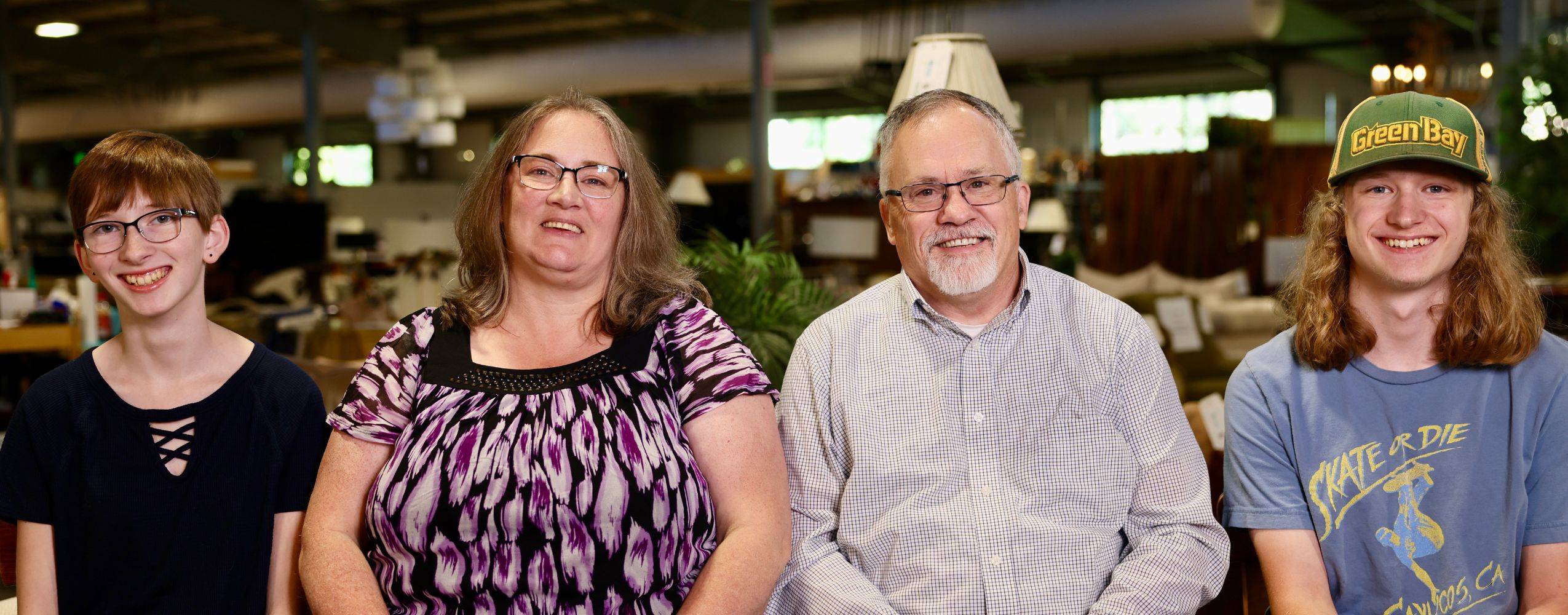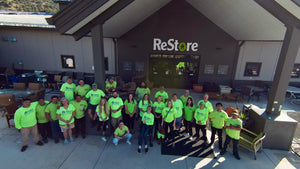
Can Net-Zero Homes Really Be Affordable?
Fourteen-year-old Callie Lawson is living with a broken bedroom door perpetually ajar, leaking privacy. A teenager’s nightmare. That’s just one of the many repairs needed for her family’s aging mobile home — repairs that most craftsmen, unaccustomed to working on factory-built structures, either don’t know how to fix or are unwilling to tackle. Jeff, Callie’s father, is losing patience too, with the rent hikes on the trailer lot and the leaky roof he can’t afford to mend. Meanwhile, Callie’s mother, Kim, yearns for the sort of home that’s been out of reach since she was a child: “I’m 52, and I’ve never lived in a stick-frame house.”
The housing crisis in western Colorado’s greater Roaring Fork Valley, where the Lawsons live, is like a stubborn virus that gets worse with each passing year. The region is book-ended on one side by the relatively affordable “down-valley” cities of Glenwood Springs and Rifle and on the other end by Aspen, where the median home price has risen to roughly $3 million. Even the average down-valley home is now fetching more than a half-million.
But now, Roaring Fork residents — and the Lawsons — are getting some relief. The local branch of Habitat for Humanity is constructing Wapiti Commons, a 20-unit development slated for completion next summer. The project boasts units that are not only affordable, they’re also net-zero, meaning the development will produce as much energy with its solar panels as its efficient appliances consume, making utility bills cheaper. This is no custom-built one-off, but part of Habitat’s plan to show that sustainability can be standard, not just a luxury add-on. Habitat sees Wapiti and its sister site, Basalt Vista, as templates of what’s to come. The first finished homes will be ready for families this spring.


